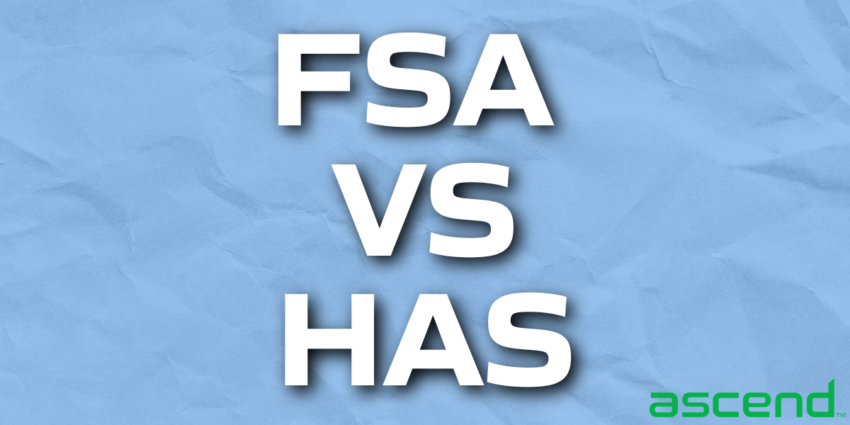
Understanding the Difference Between FSAs and HSAs: A Guide for Ascend Drivers
Post Date - Sep 30, 2025
Professional CDL-A drivers work hard to keep America moving — and having clear, affordable health benefits is an important part of staying safe and healthy on the road. At Ascend, eligible drivers receive medical coverage through Blue Cross Blue Shield, along with dental and vision care through MetLife. Drivers also have access to a Flexible Spending Account (FSA), which can make a big difference when it comes to managing everyday healthcare expenses.
So, what exactly is an FSA — and how is it different from a Health Savings Account (HSA)? Here’s a breakdown.
Flexible Spending Account (FSA)
An FSA is a tax-advantaged account that lets you set aside pre-tax dollars for qualified medical expenses. At Ascend, the maximum annual contribution is $2,750, in line with IRS guidelines.
Covered expenses may include:
- Doctor visit co-pays and deductibles
- Prescription medications
- Vision and dental needs (like glasses or fillings)
- Certain medical supplies and equipment
One key feature of FSAs is the “use it or lose it” rule — the funds need to be used within the plan year, although some plans allow a short grace period or small rollover.
For drivers, FSAs can provide predictable support for common healthcare costs throughout the year.
Health Savings Account (HSA)
An HSA is another type of account designed to help with healthcare expenses, but it works differently:
- Available only with a high-deductible health plan (HDHP)
- Contributions roll over each year — no deadline for using the money
- Funds belong to you (even if you change jobs)
- Some HSAs allow investing unused funds for long-term savings
HSAs can be a powerful tool for those who prefer a high-deductible plan and want to build savings over time, but the higher upfront costs of an HDHP may not fit every driver’s healthcare needs.
What’s the Difference?
Here’s a quick side-by-side comparison:
| FSA | HSA |
Eligibility | Available with most health plans | Available only with high-deductible health plans |
Contribution Limit (2025) | $2,750 | $4,150 individual / $8,300 family |
Rollover | Use it or lose it (limited carryover) | Funds roll over year to year |
Portability | Stays with employer | Follows you if you change jobs |
Ownership | Employer-sponsored | Individual-owned |
Understanding the differences between FSAs and HSAs can help you make smarter choices for your healthcare and your budget. For drivers enrolled in standard health plans, an FSA provides a simple, pre-tax way to cover medical, vision, and dental expenses throughout the year. Unlike HSAs, FSAs don’t require a high-deductible plan and let you plan for predictable costs without unexpected surprises.
For example, a driver can use FSA funds to cover the cost of an annual eye exam, a prescription refill at a truck stop pharmacy, or a routine dental cleaning. Planning ahead with an FSA means these common healthcare costs won’t disrupt your finances while you’re on the road.
By knowing how these accounts work, when to use them, and what expenses qualify, you can take control of your healthcare spending — helping you stay focused, healthy, and ready for the road ahead.